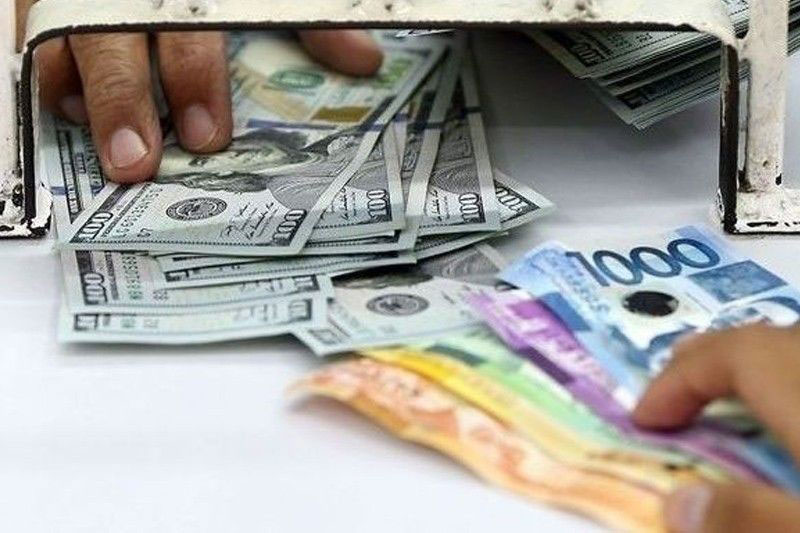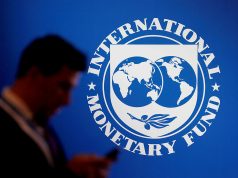Peso may trade sideways as markets eye US

THE PESO may move sideways against the dollar this week as players await developments regarding the US government’s ongoing shutdown.
On Friday, the local unit closed at P58.24 per dollar, slipping by half a centavo from its P58.235 finish on Thursday, data from the Bankers Association of the Philippines showed.
Week on week, the peso fell by 36.5 centavos from its P57.875 close on Oct. 3.
“The dollar-peso closed a tad high, initially going up to a P58.43 high, tracking the dollar’s dollar strength amid political uncertainty in Japan and France,” a trader said in a phone interview.
However, the yen later recovered due to verbal cues from the Bank of Japan on possible intervention in the foreign exchange market, the trader added.
In the Asian session, Japan’s yen was jolted out of its slide and the Nikkei dropped 1% on news the Komeito party was quitting its coalition with the Liberal Democratic Party, Reuters reported.
Later in the day, the dollar index, which measures the greenback against a basket of currencies including the yen and the euro, fell 0.41% to 98.98, with the euro up 0.41% at $1.161. Against the Japanese yen, the dollar weakened 0.71% to 151.98.
The peso also remained under pressure on Friday following the Bangko Sentral ng Pilipinas’ (BSP) surprise move to cut rates on Thursday, Rizal Commercial Banking Corp. Chief Economist Michael L. Ricafort said in a Viber message.
For this week, the trader said the foreign exchange market will monitor developments in the US as its government remains closed in the absence of a spending plan. Players will also look for leads from US economic data releases and comments from US Federal Reserve officials over the weekend.
The trader sees the peso moving between P58 and P58.50 per dollar this week, while Mr. Ricafort expects it to range from P57.90 to P58.40.
The US government remains shut as a congressional impasse has so far yielded few signs of progress or serious negotiation. This has resulted in a data blackout, with official government economic indicators postponed for the time being.
Still, data from independent sources continues unabated. The University of Michigan released its preliminary take on October consumer sentiment, which is drifting along near historic lows as high prices and weakening job prospects remain at the forefront of consumer worries.
In the absence of official data, investors look to the US Federal Reserve for clues regarding near-term interest rate cuts.
Fed Governor Christopher Waller said that while private employment data continues to show labor market weakness, the central bank should act with caution when reducing the Fed funds target rate as it evaluates the economy.
St. Louis Fed President Alberto Musalem echoed that sentiment, saying that another rate cut could be warranted as insurance against a weakening labor market. “I believe that we have to tread with caution” before monetary policy becomes too accommodative, he said. — A.M.C. Sy with Reuters



